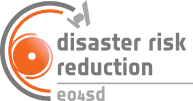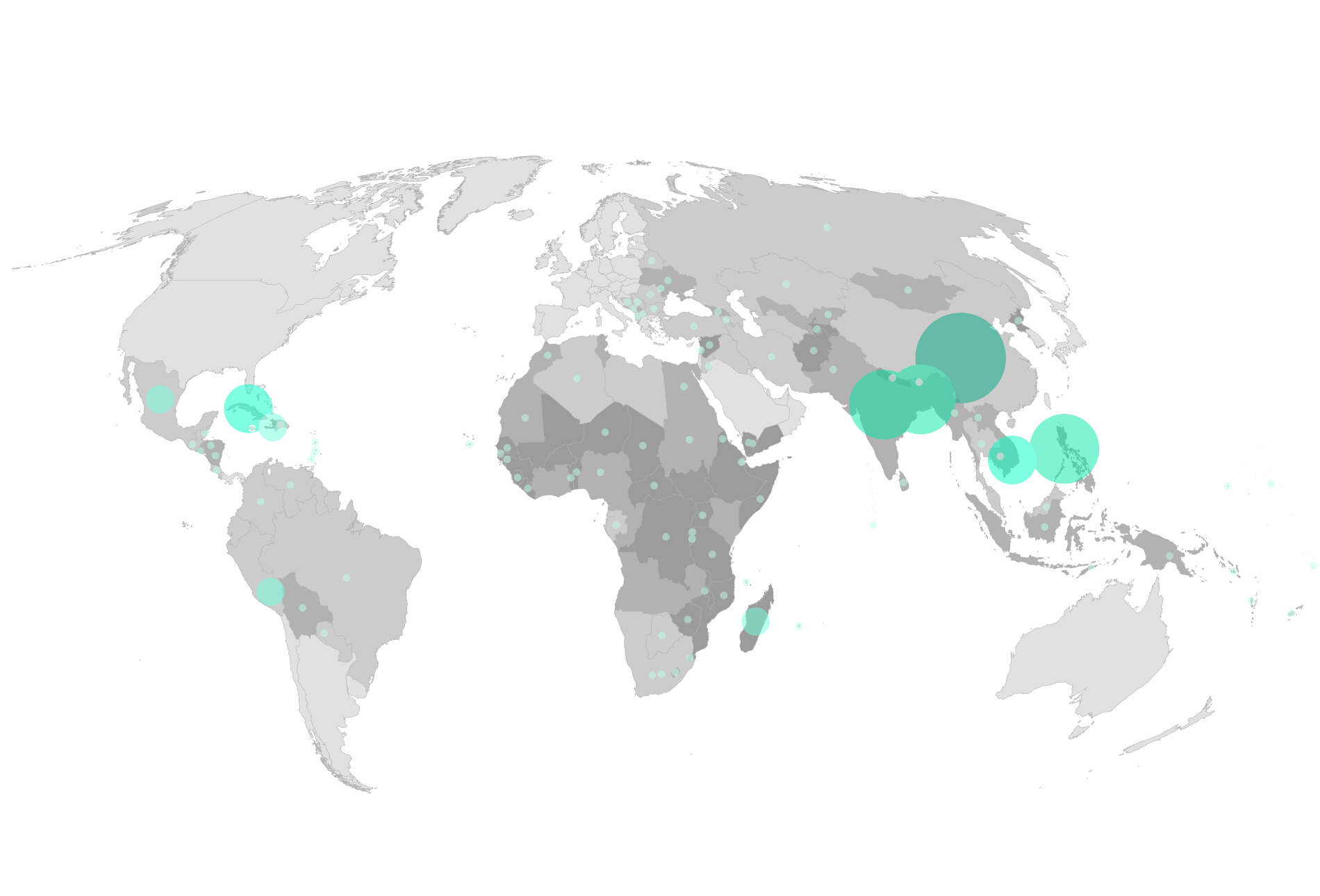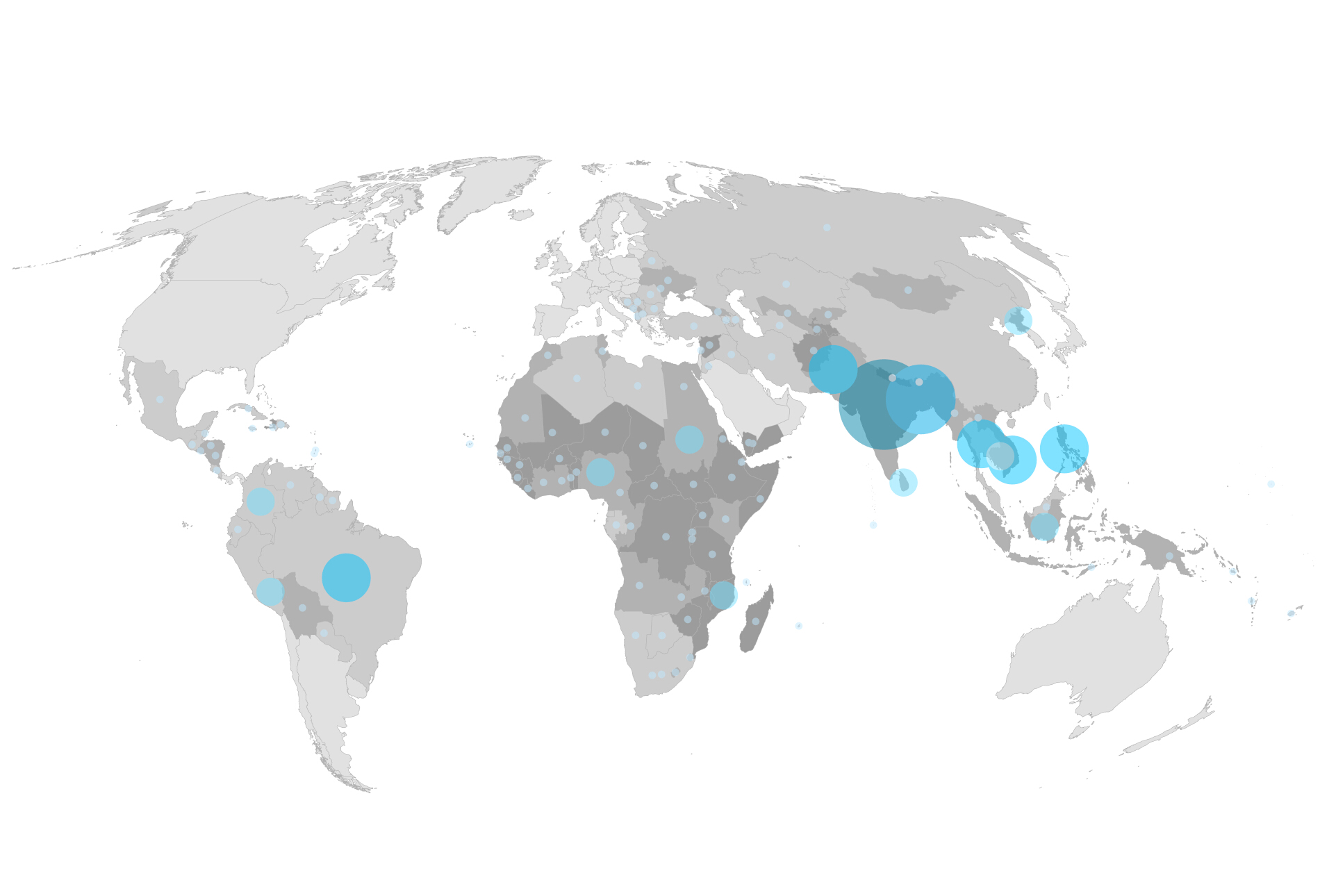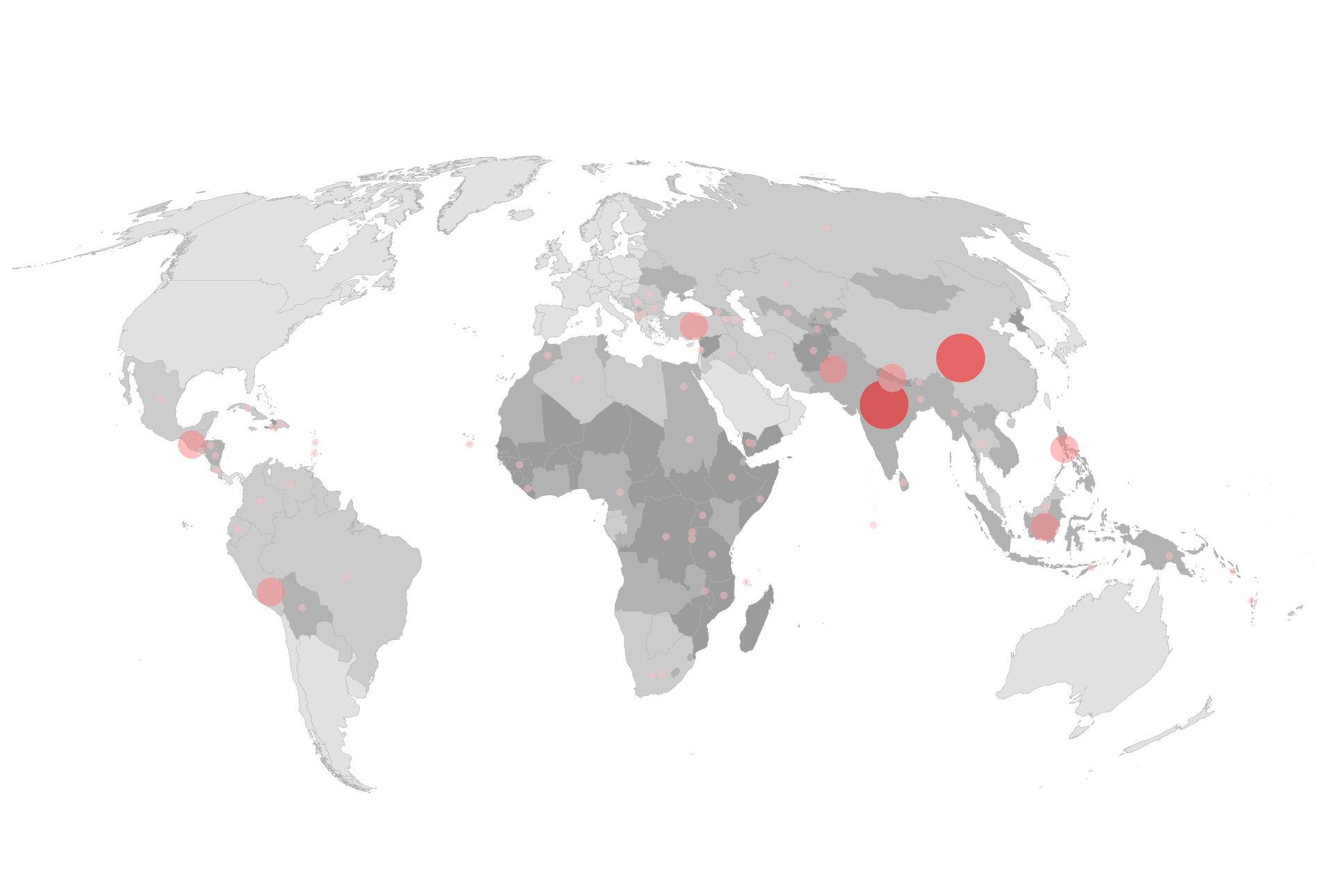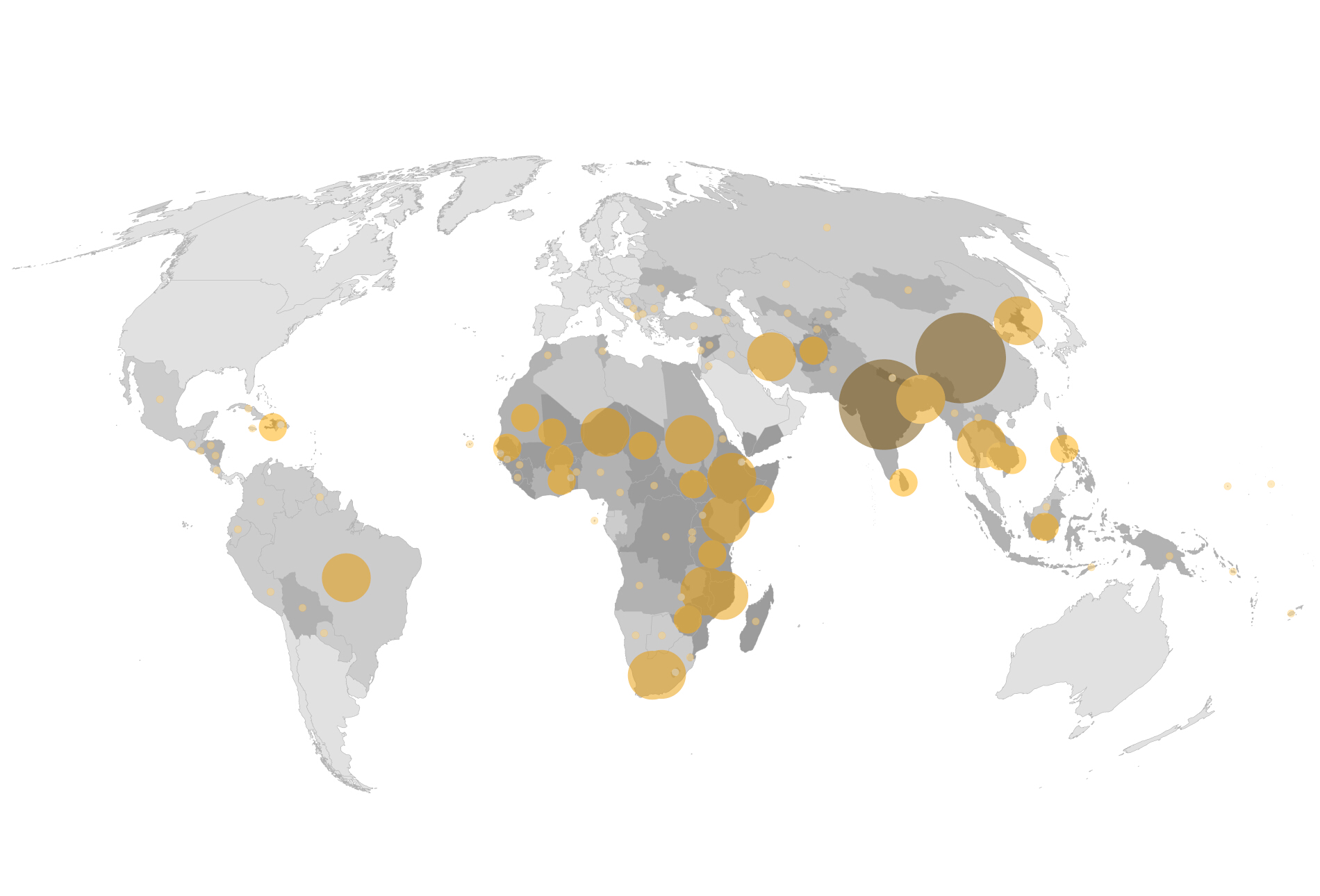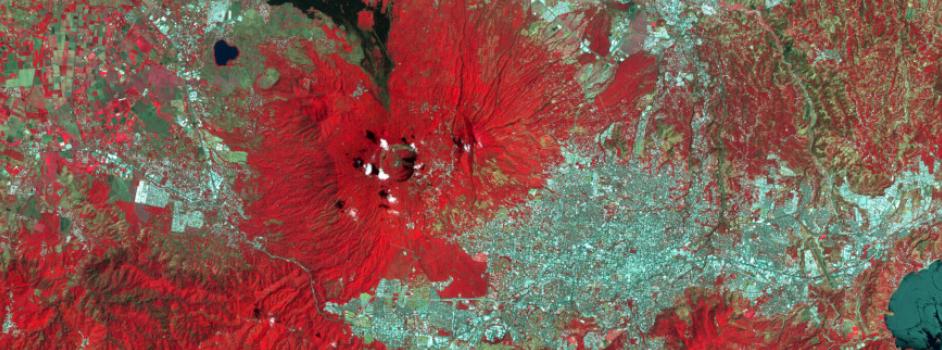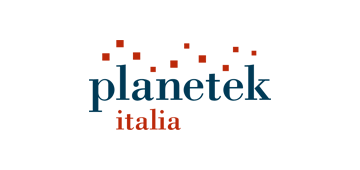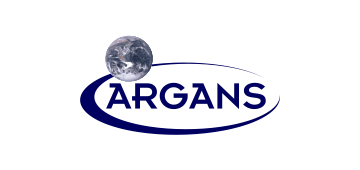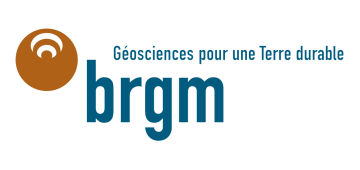Homepage
Earth Observation for Sustainable Development Disaster Risk Reduction (EO4SD DRR) is an activity initiated by European Space Agency (ESA) in the framework of its collaboration with International Financing Institutions (IFI´s) to support greater use of satellite Earth Observation (EO) in applications related to the management of natural and man-made hazards and risks (learn more).
Disasters cause human suffering, environmental harm, and economic loss; investing in its prevention and reduction will diminish people’s vulnerability, saving lives and reducing economical damage.
The impact of disasters on lives and economy are of prime importance to society, especially for developing countries, where the mortality and economic losses are disproportionately high and where development achievements can be threatened. Many types of natural disasters can affect the humankind worldwide: Geo-hazards like earthquakes and volcanoes; hydro-meteorological hazards like floods, hurricanes, tropical storms and storm surges; climatological events like droughts, heatwaves and wildfires among others. There is the need of addressing the impact of these events not only by reacting after episodes but also by enhancing prevention and preparedness. Earth Observation can contribute to tackling most of these natural hazard types efficiently by providing hazard mapping, supporting services for the assessment of exposure, vulnerability and risk and reconstruction monitoring.
Since 2008 ESA has worked closely with Multilateral Development Banks (MDBs) and their Client States to harness the benefits of Earth Observation in global sustainable development increasing the uptake of EO-based information in regular development operations at national and international level.

Objectives
The ESA EO4SD Disaster Risk Reduction project aims to promote the adoption of Earth Observation-based products and services mainstreamed into the working processes of IFIs funded projects that seek to prevent or mitigate the adverse impacts of natural disasters in developing countries. Earth Observation applied to disasters is evolving quickly and has proven to be effective in all phases of the disaster risk management cycle such as prevention/ preparedness, early warning, post event recovery and reconstruction activities.
The project pursues the following objectives:
• Carrying out demonstrations of the benefit and utility of Earth Observation (EO)-based information in support of international development projects and activities in the thematic domain of Disaster Risk Reduction (prevention, preparedness, recovery and reconstruction phases);
• Supporting directly programs / projects, monitoring & evaluation methodologies and policy & planning of the IFIs and their respective Client States not only in the sector of disaster management but also in transportation, habitat, energy, water and sanitation;
• Mainstreaming and transferring EO-based information into operational working processes of the individual countries and development organizations.

Portfolio
The EO4SD DRR service portfolio provide a set of Earth Observation tools that will help reduce disaster risk by providing services in a pre-event phase (hazard, exposure, vulnerability and risk mapping) and post-event (reconstruction monitoring) as well as general supporting geo-information services.

Where we work
The EO4SD DRR project focuses in those zones where impacts of disasters are more relevant: Africa, South Asia, East Asia – Pacific, Latin America. The main IFIs that are foreseen to get involved in the project are: World Bank (WB), Asian Development Bank (AdB), Inter-American Development Bank (IADB), African Development Bank (AfDB), Green Climate Fund (GCF), Development Bank of Latin-America (CAF) and Caribbean Development Bank (CDB).
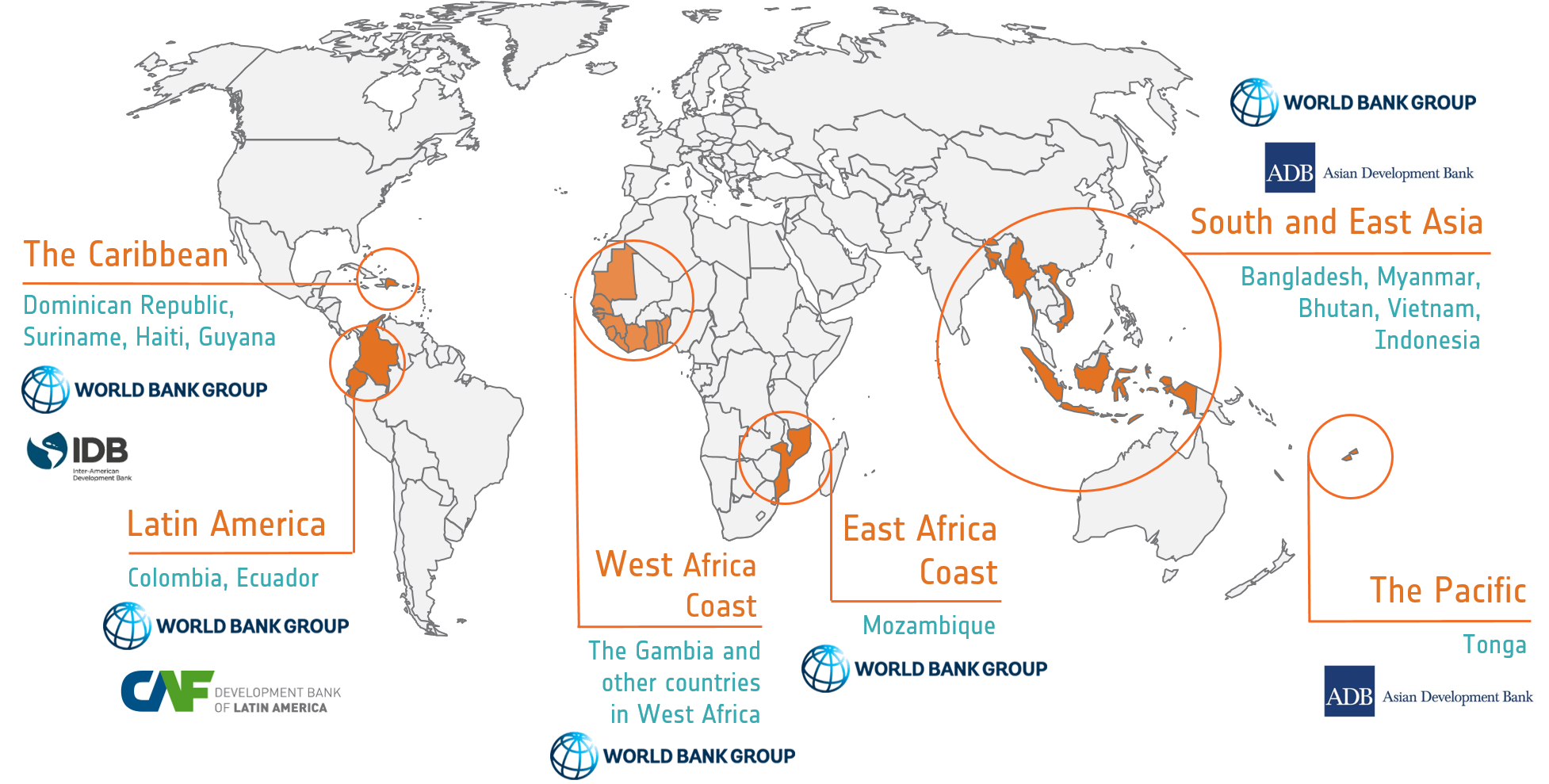

Project Consortium
The project is implemented by a consortium of specialist service providers in the European Earth Observation sector. The consortium integrates EO technical proficiency and a wide experience in developing geospatial operation services in the field of Disaster Risk Reduction with Indra (Spain), Gisat (Czech Republic), Planetek Italia (Italy), Argans (France), ZAMG (Austria) and Luxspace (Luxemboiurg) with up-to-date mapping communication capacities provided by Nazka (Belgium).
